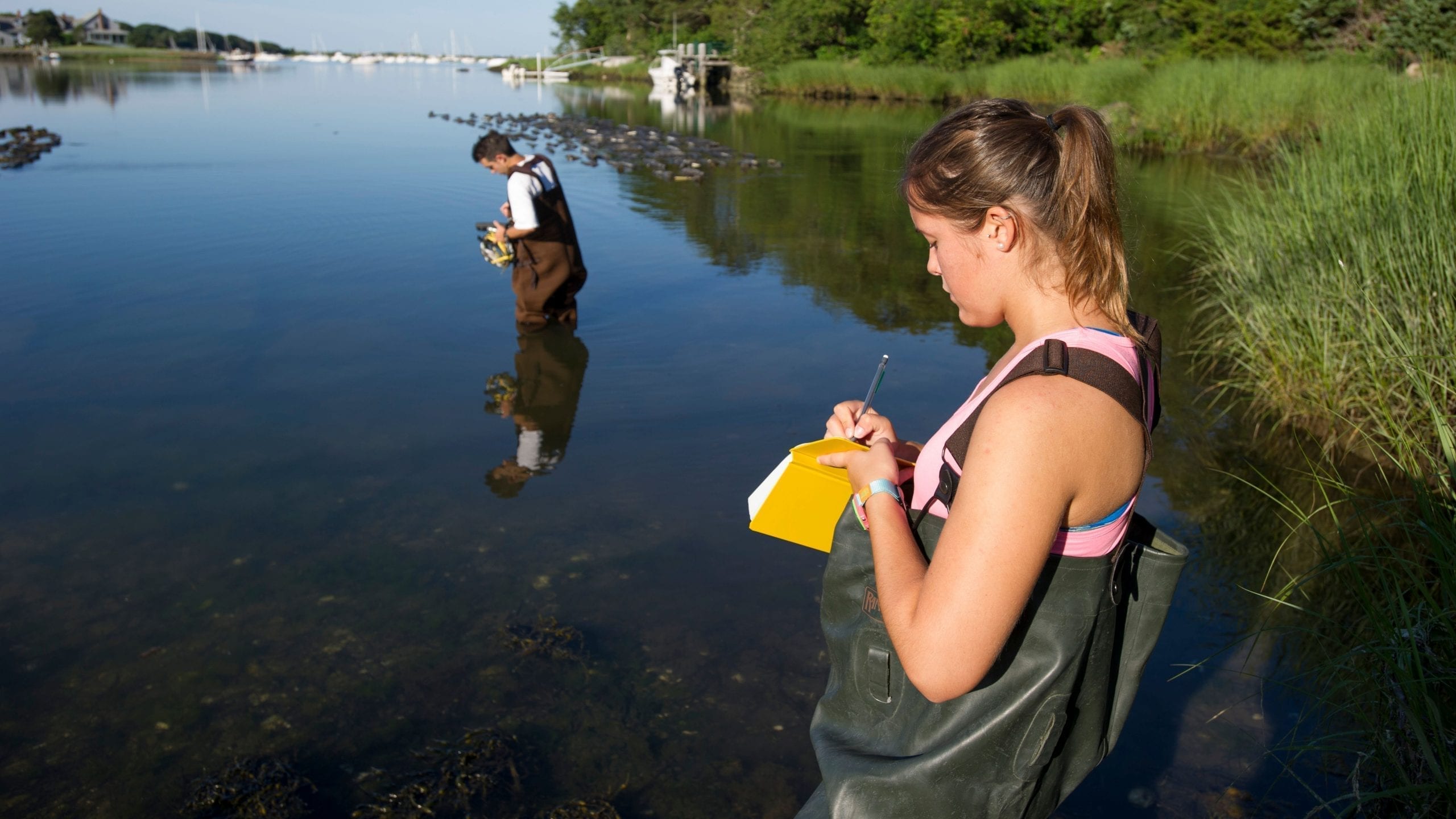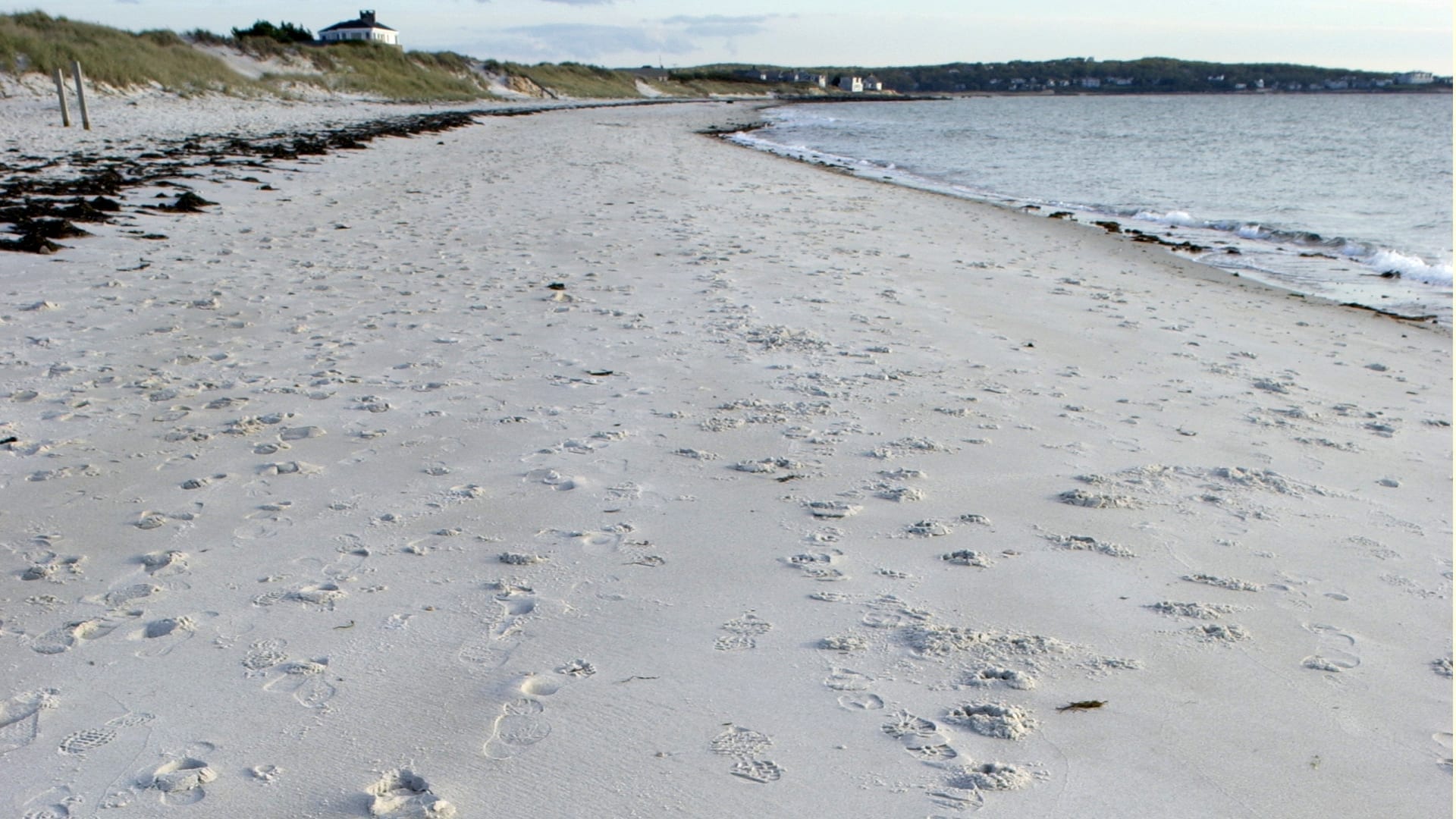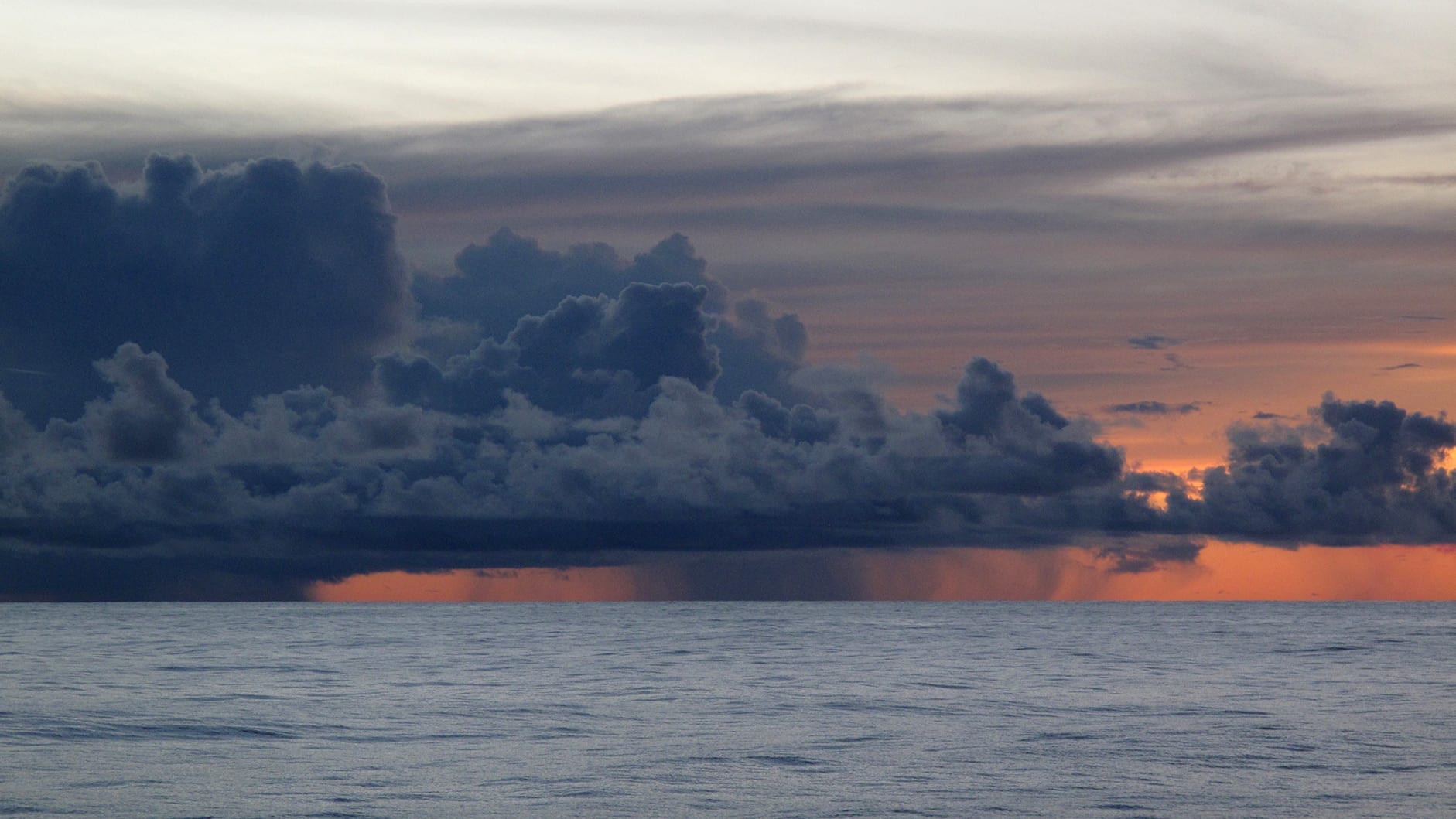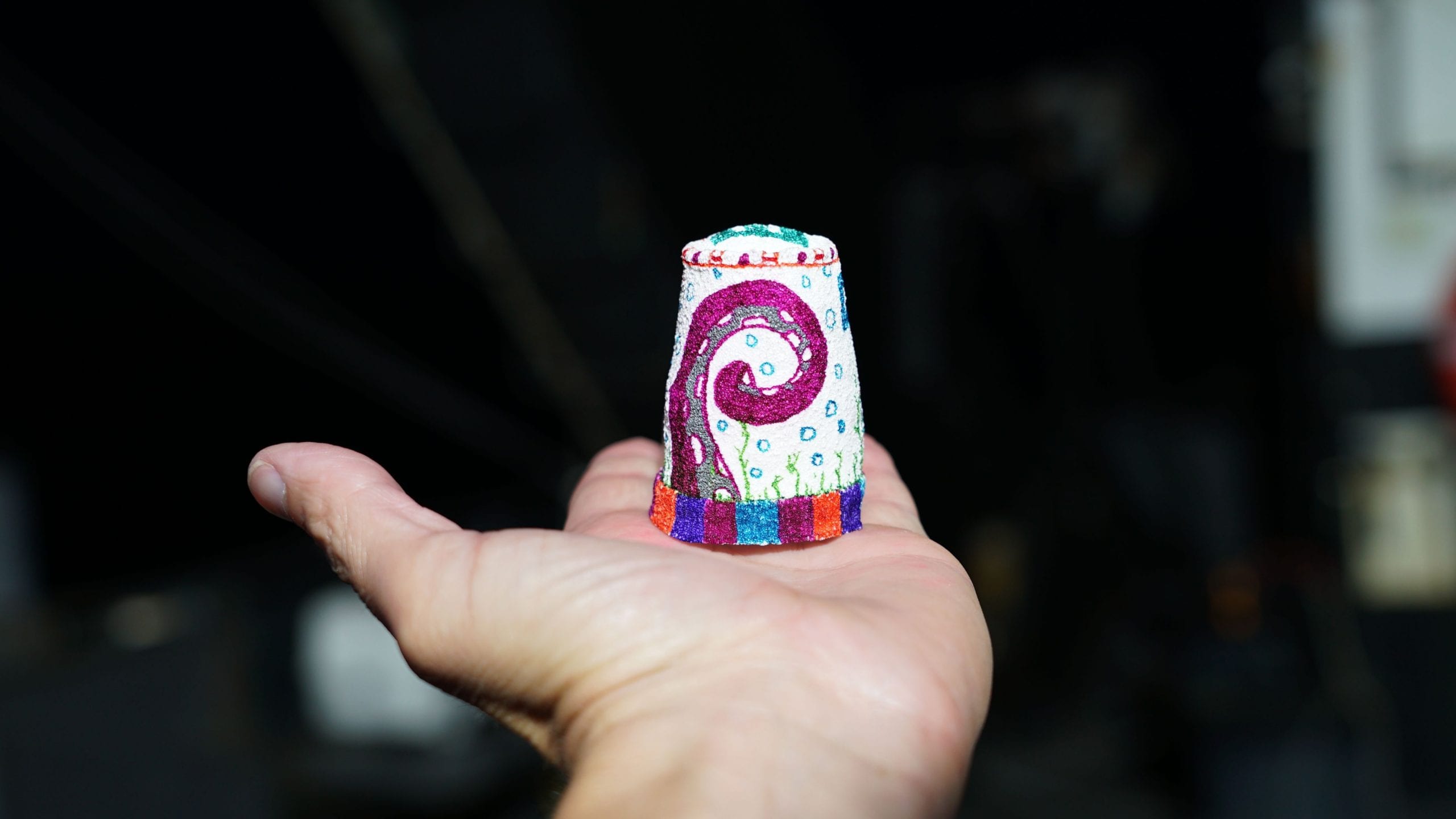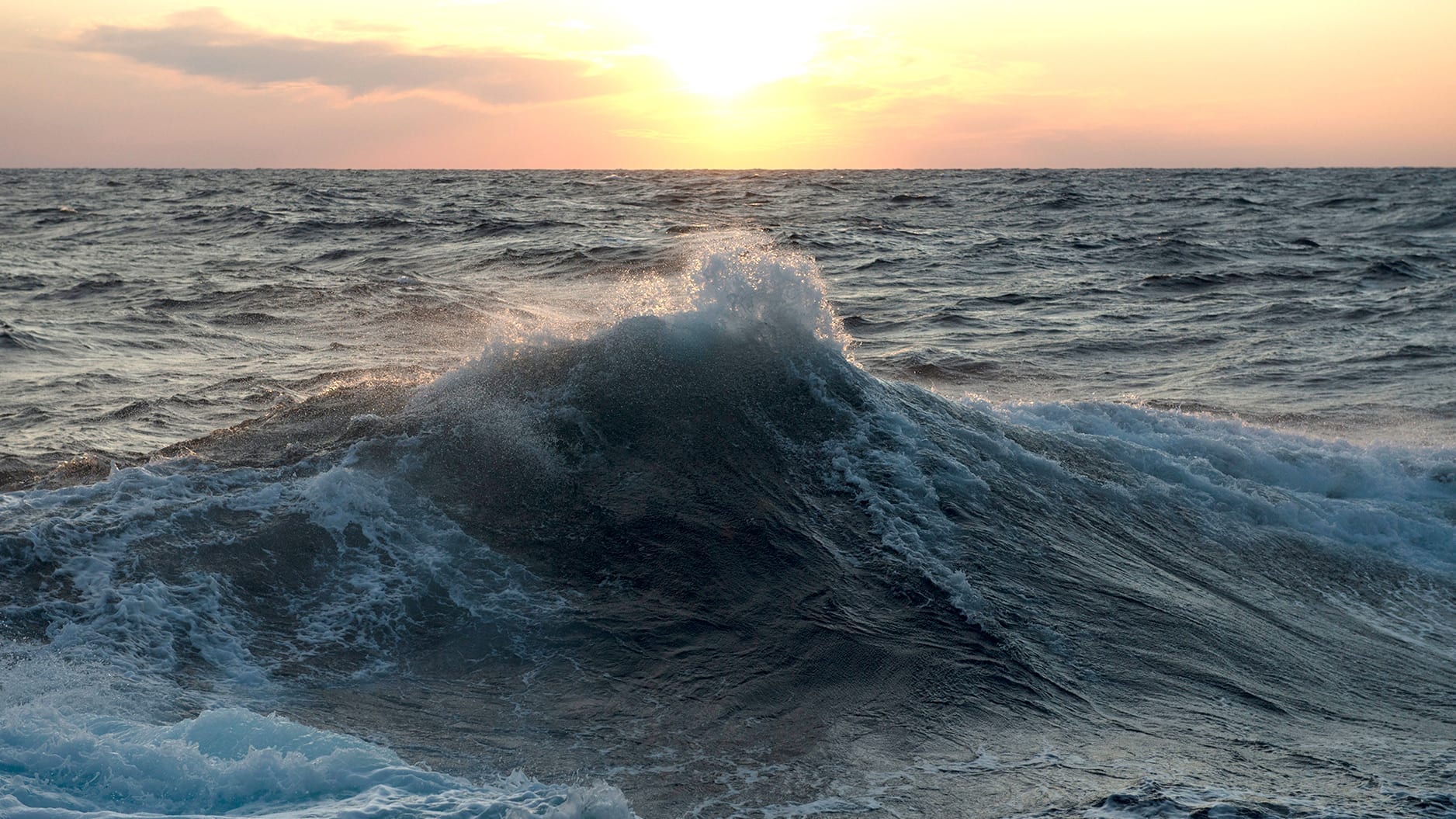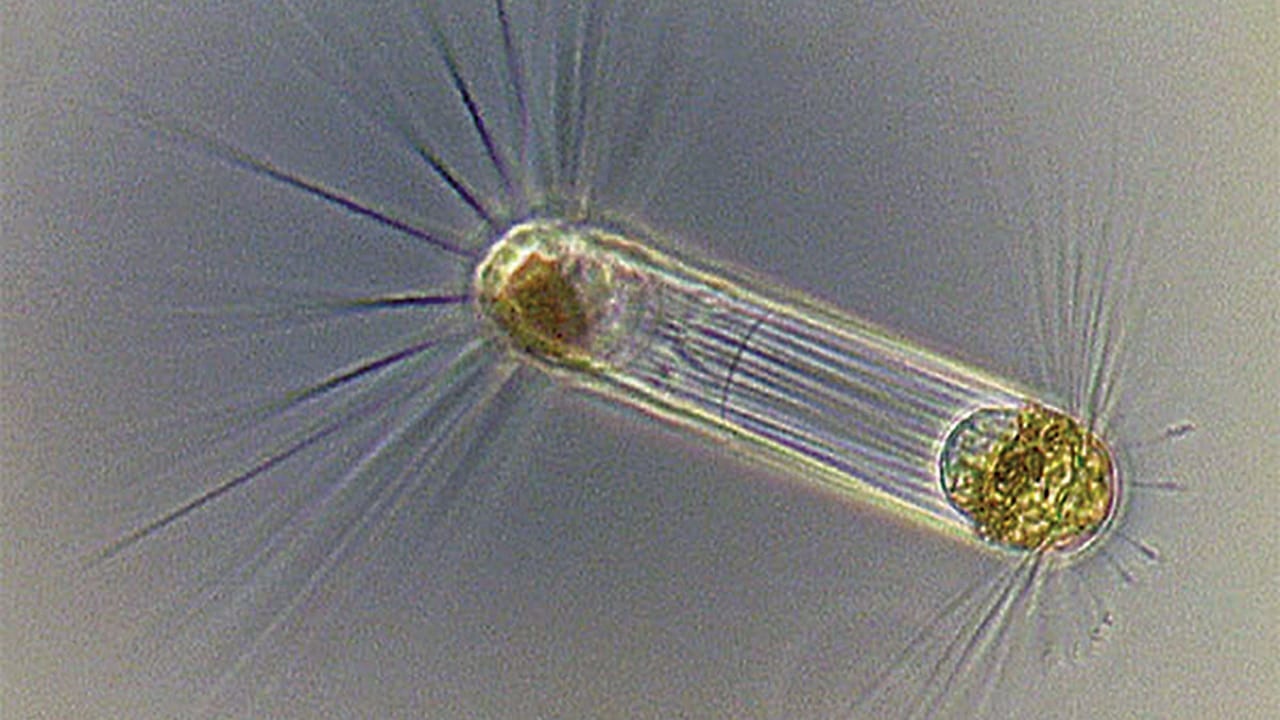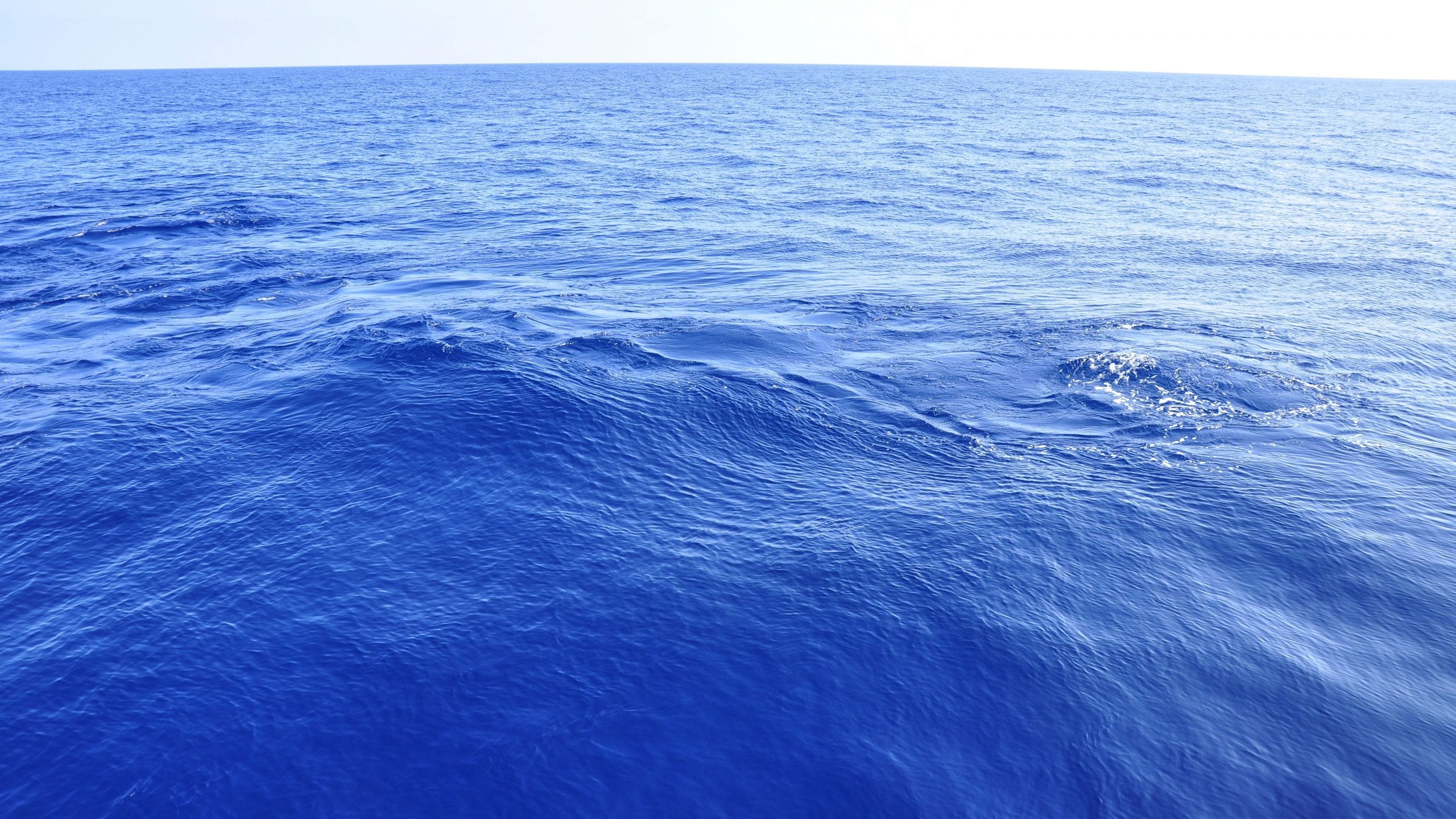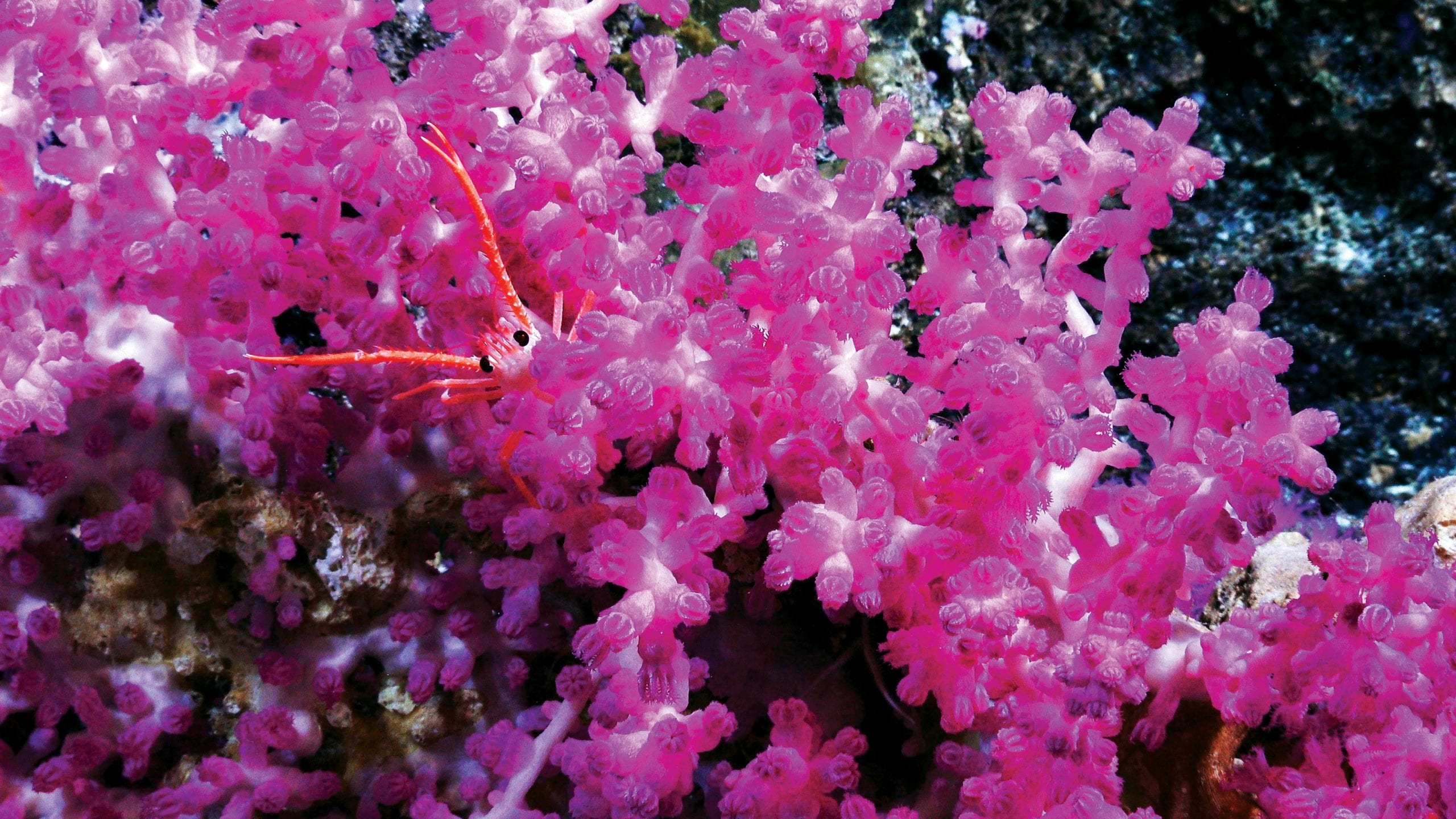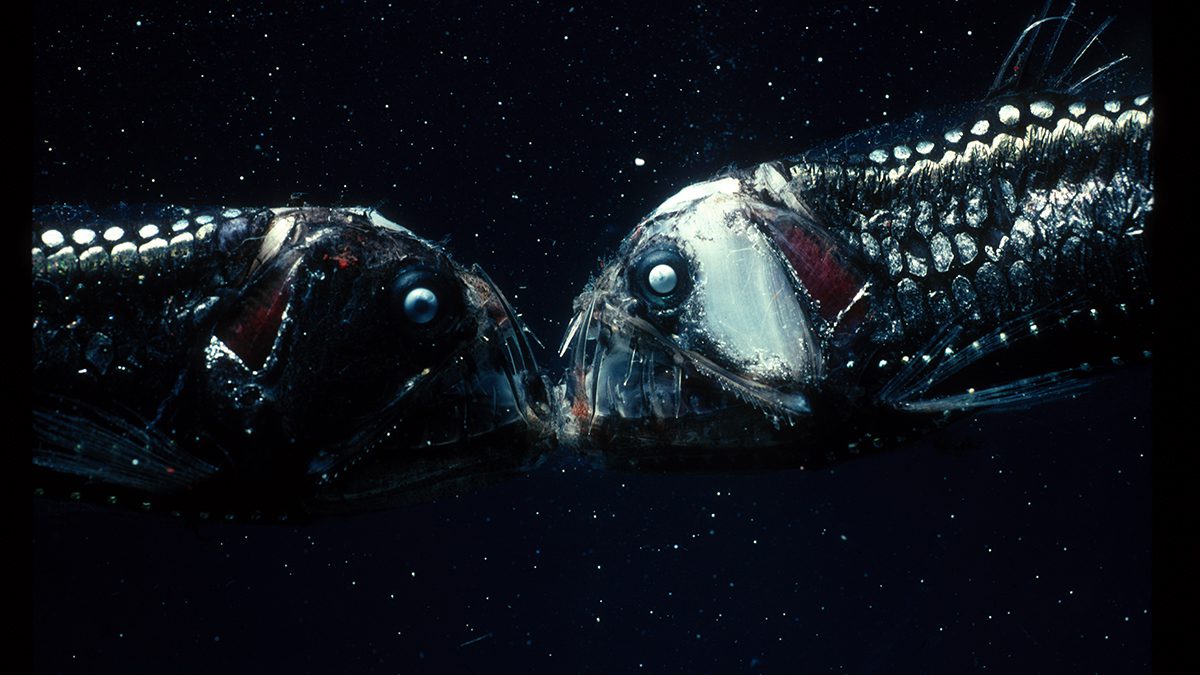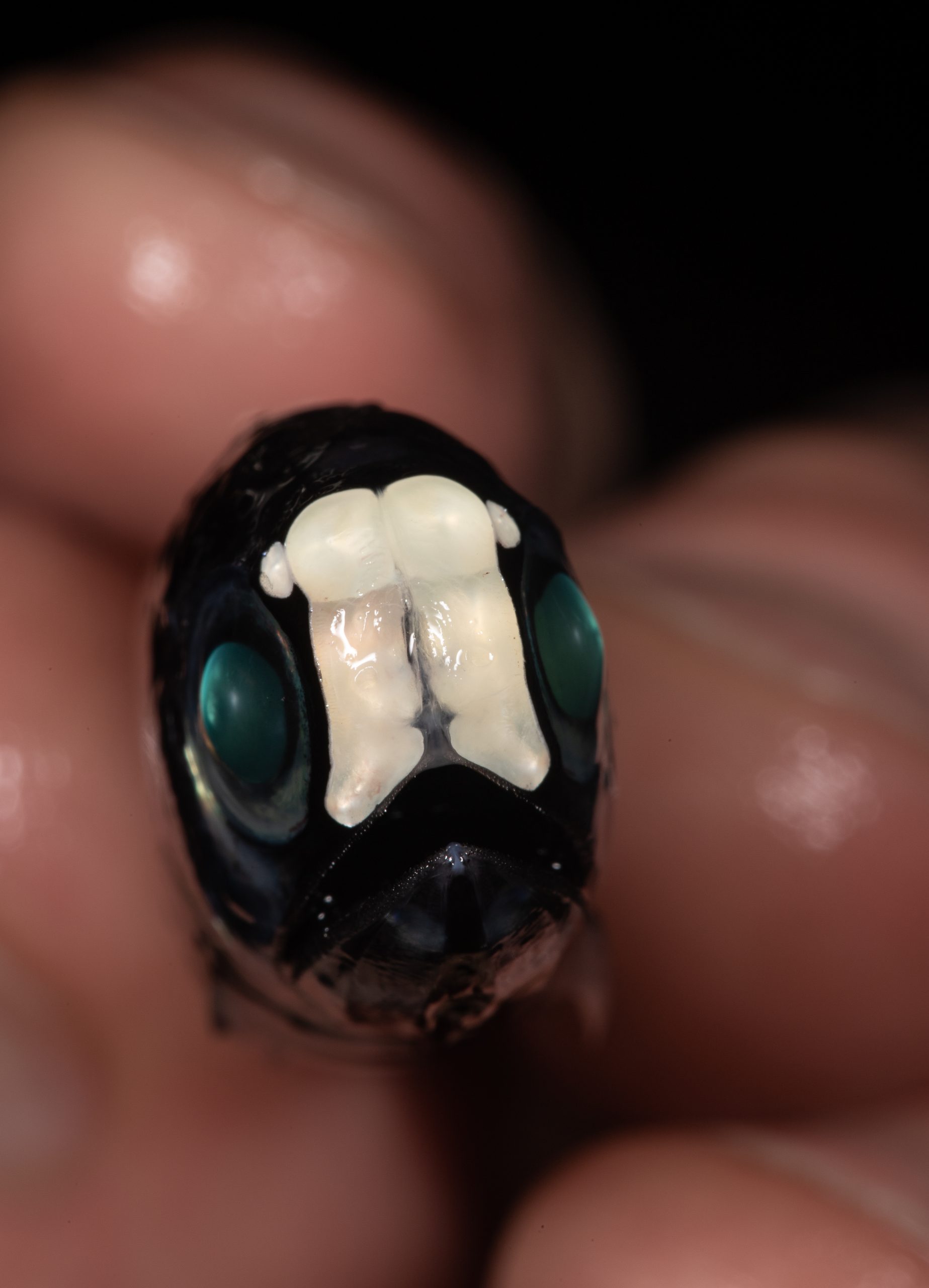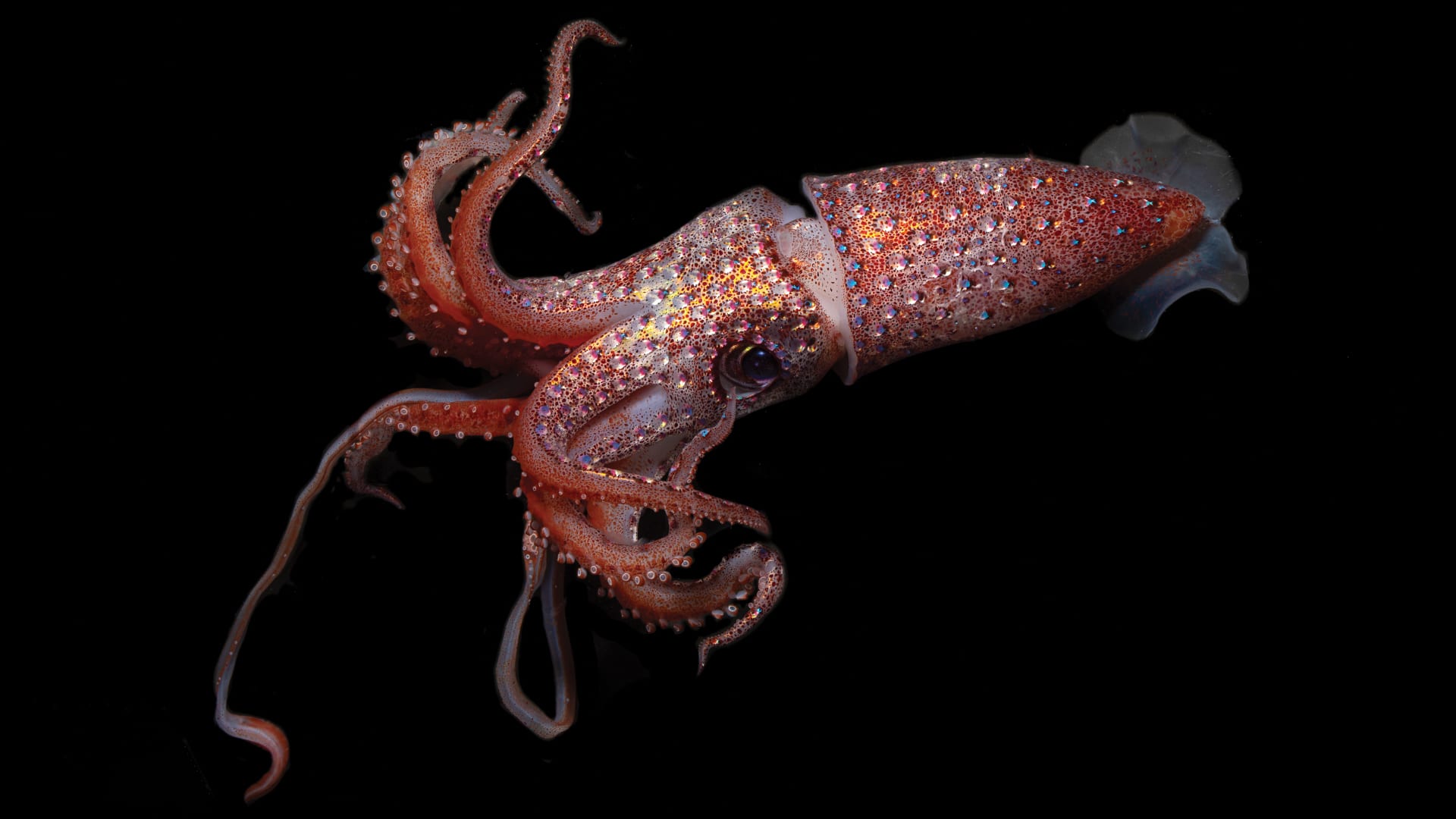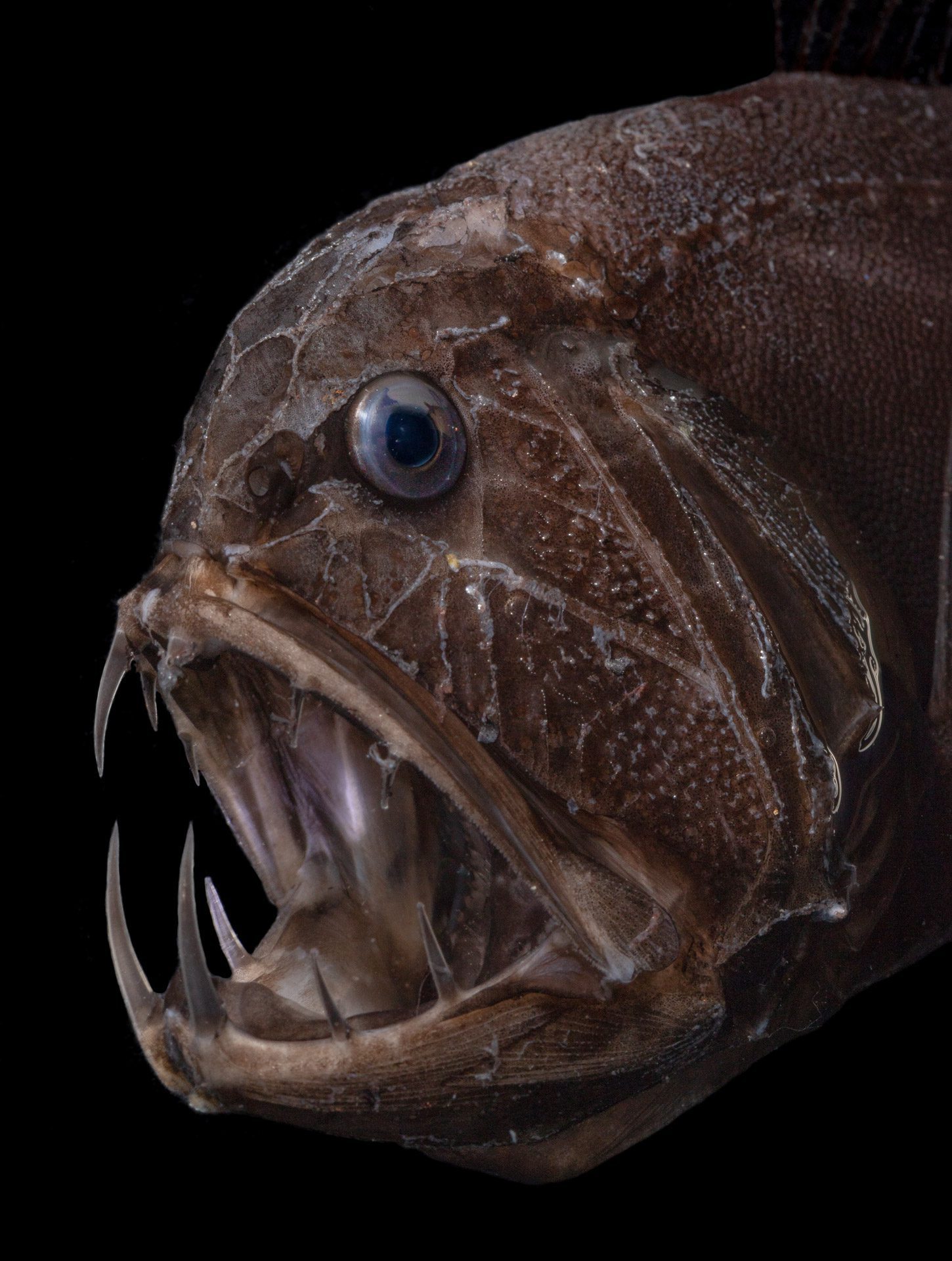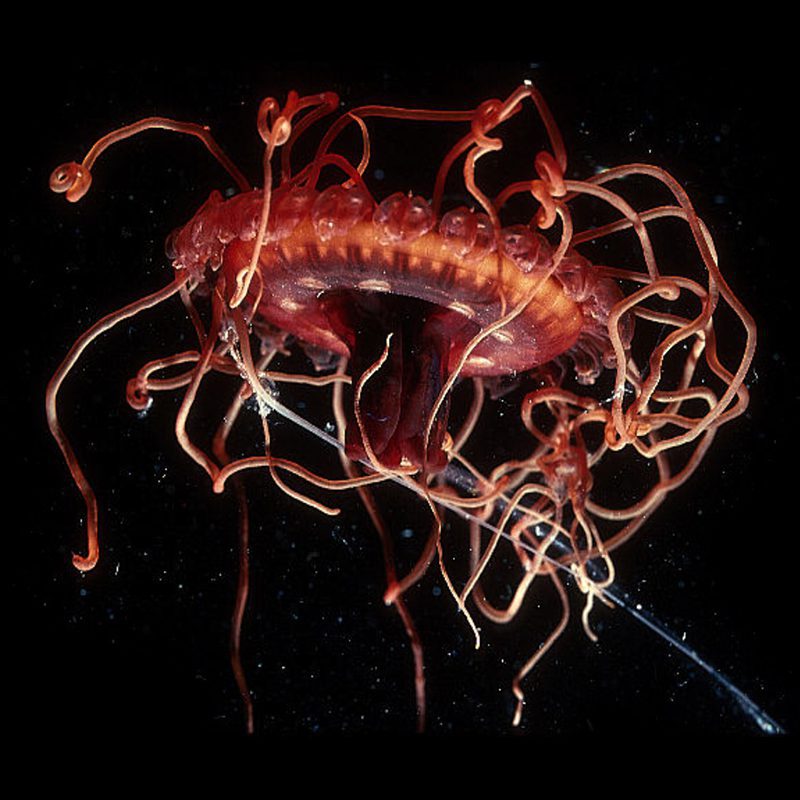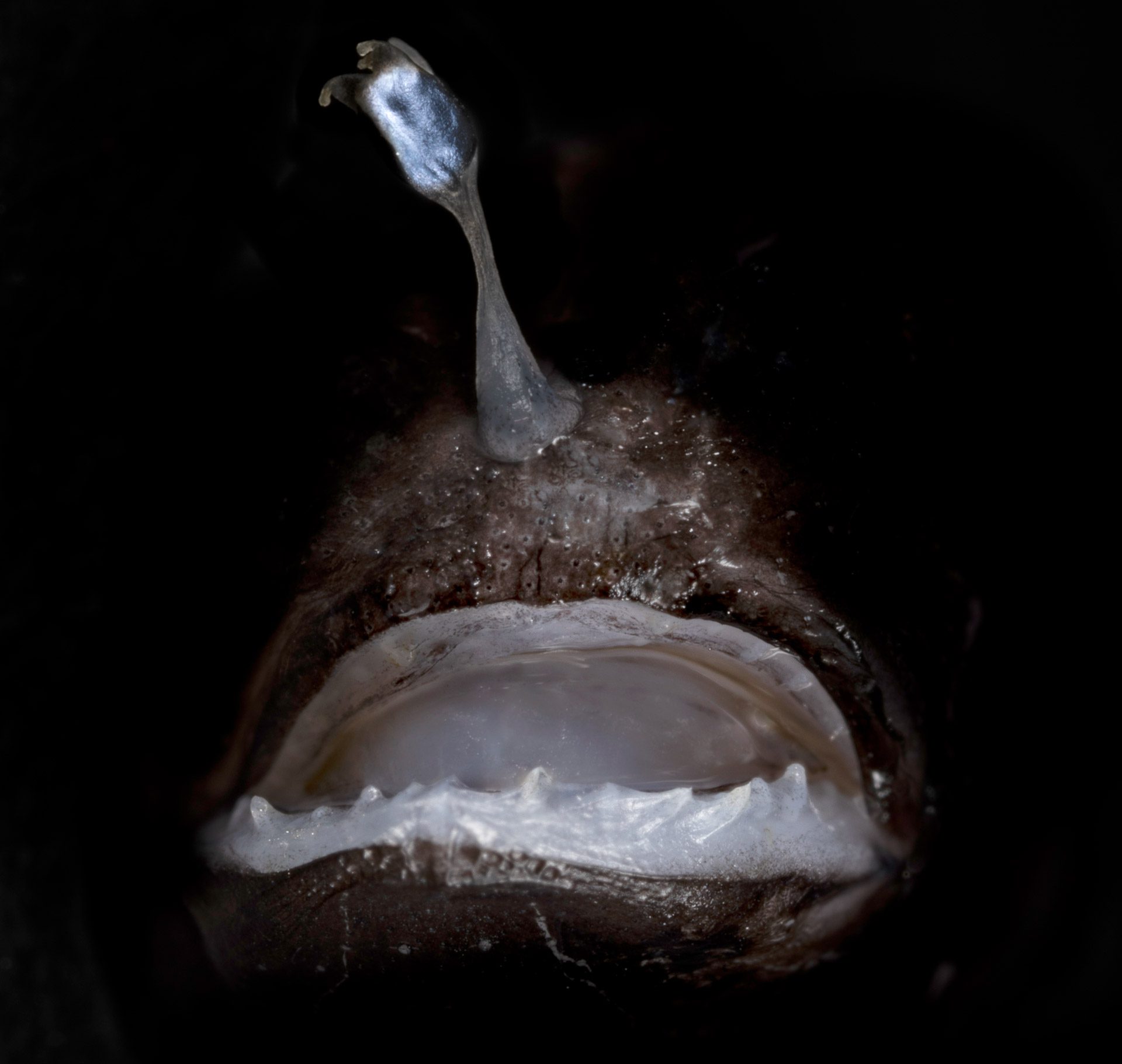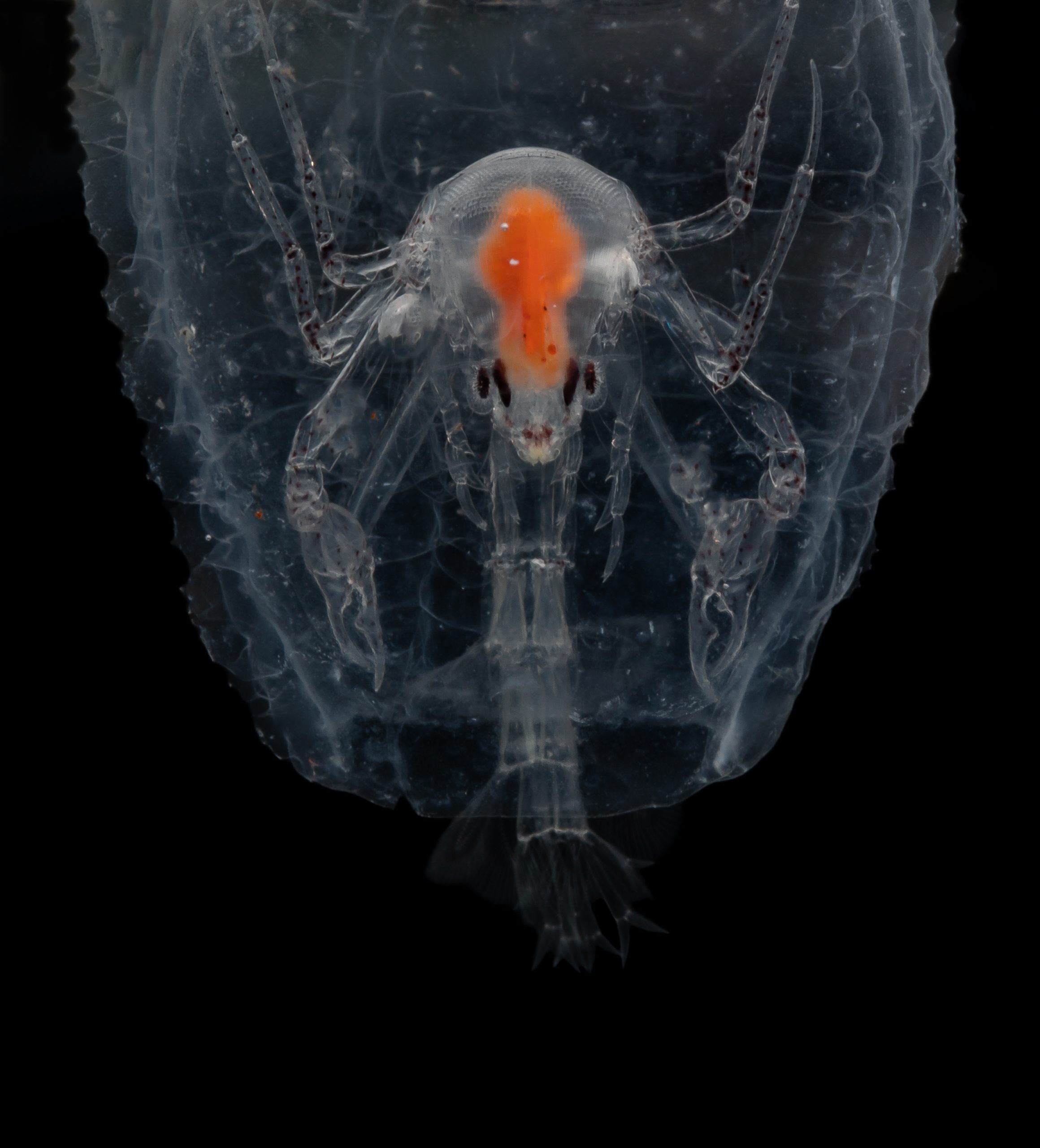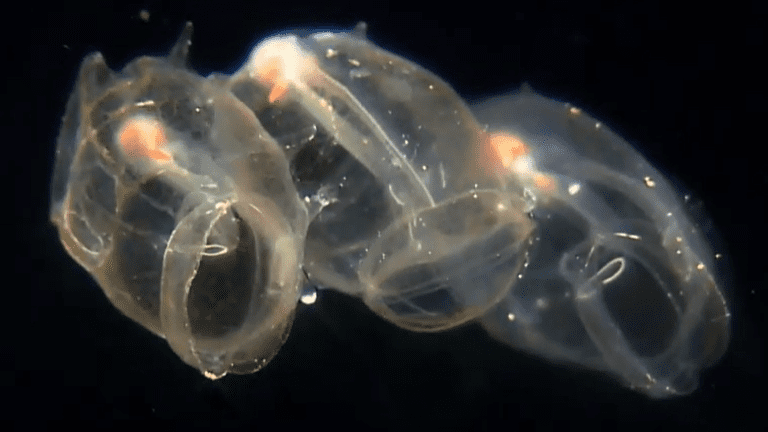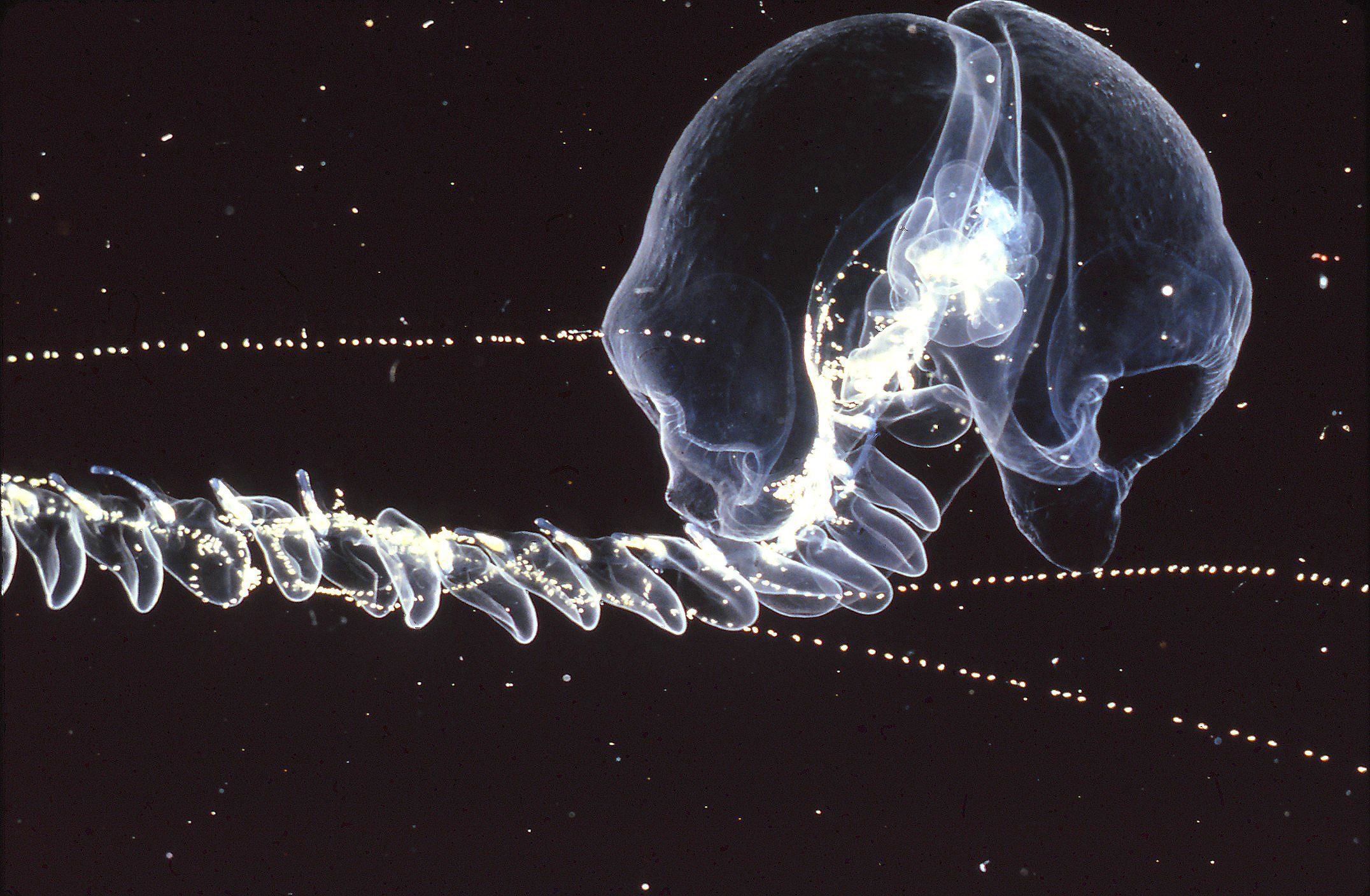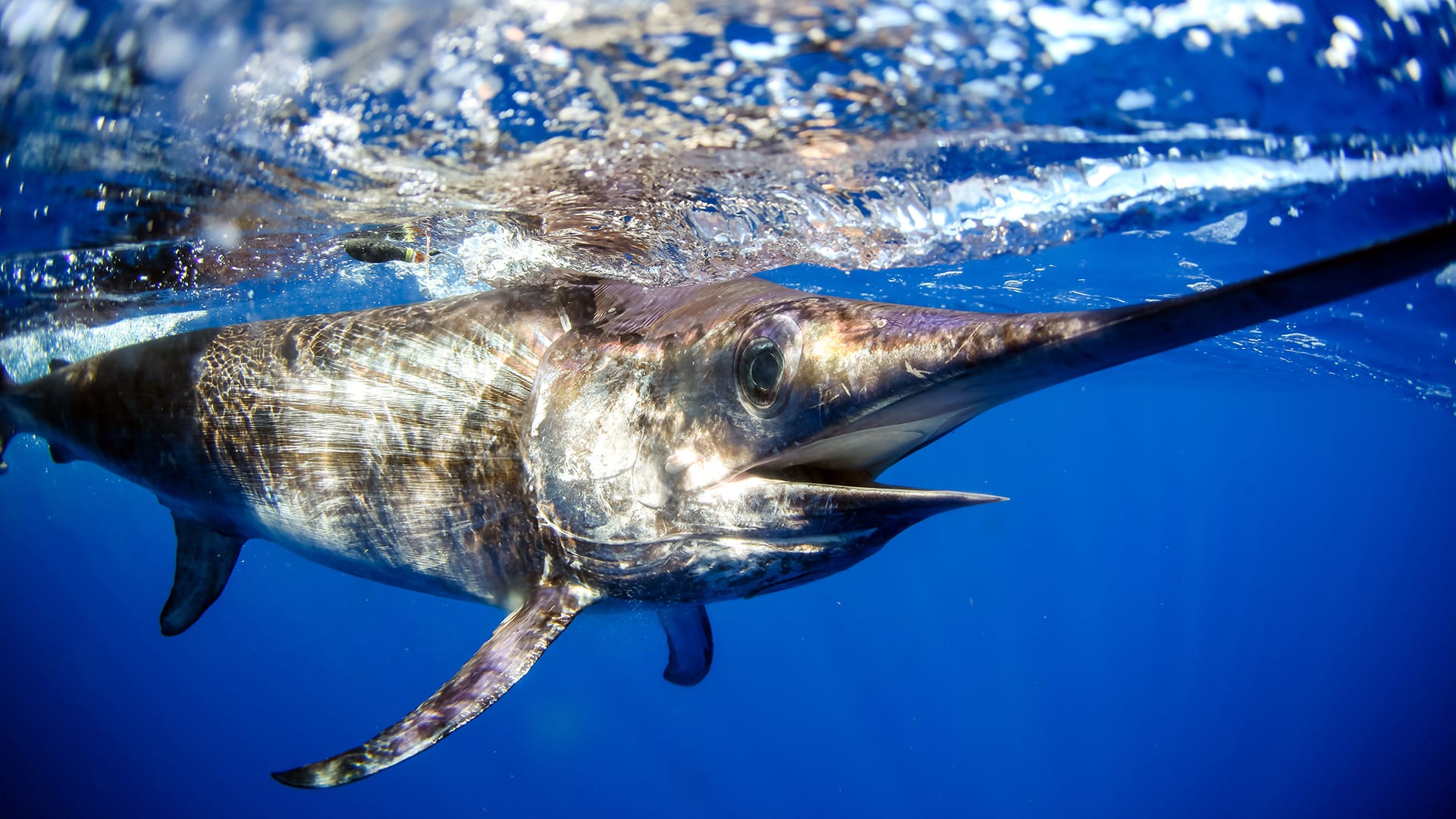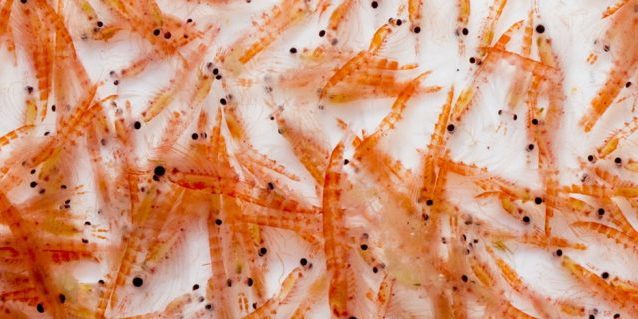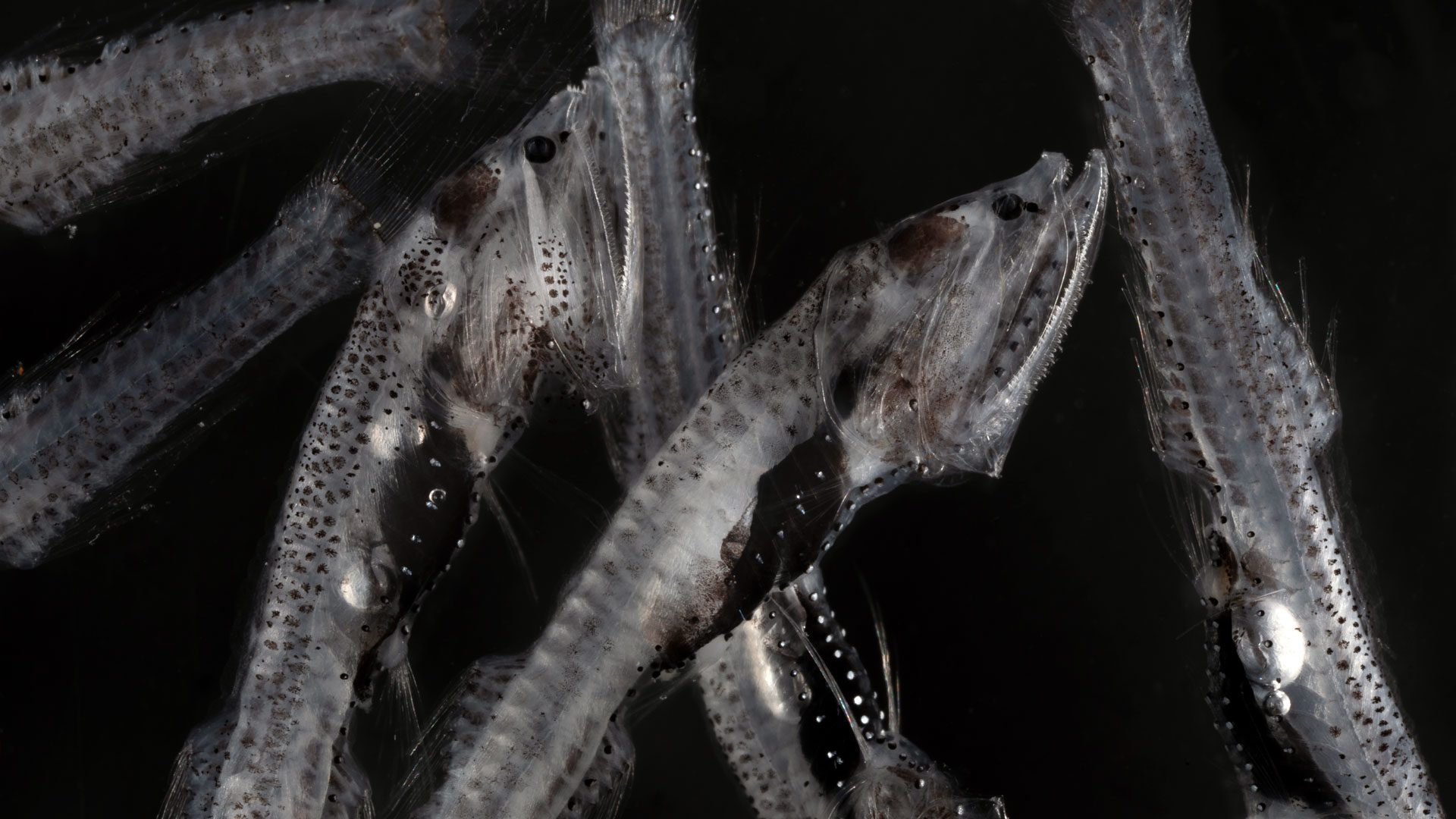Uncategorized
How do I become an oceanographer?
Like all scientists, oceanographers are curious. Students who are curious about all things ocean might make great oceanographers. So how do you become one?
Read MoreHow is beach sand created?
Beaches can be white, black, green, red and even pink. What creates those different colors? Why is some sand soft and fine, but other types feel rough? Where does beach sand come from, anyway?
Read MoreWhat’s the difference between climate and weather?
We often hear about the weather. We also hear about climate. The two terms are related. But they are not the same thing. What’s the difference?
Read MoreWhy is pressure different in the ocean?
As anyone who has tried diving to the bottom of a deep pool knows, all that water gets heavy—fast. Extreme pressure is one reason why the ocean floor is still largely unexplored.
Read MoreWhat causes ocean waves?
A trip to the ocean means sun, wind, and waves. Surfers ride them. Children play in them. Swimmers dive beneath them. But what causes waves?
Read MoreDoes the ocean produce oxygen?
It’s easy to think of the world’s forests as the planet’s “lungs.” Trees pump out oxygen—the same stuff we breathe in. But does all our breathable air come from just land?
Read MoreWhy is the ocean blue?
One idea is that it reflects the sky. But if we sink below the surface, the blue color remains. Here, the water isn’t reflecting the sky. So why is the ocean blue?
Read MoreWhy are corals so colorful?
One of the most striking things about coral is its bright coloring. But many are a dull green or brown. So, what gives some corals their bright hues?
Read MoreCreature Feature: Sloane’s Viperfish
In this creature feature, learn more about Sloane’s Viperfish—a small animal with a disturbingly massive bite.
Read MoreCreature Feature: Lanternfishes
Learn about the lanternfish—which represents more than 60% of all the fish in the deep ocean—and discover how it caused a mystery that perplexed scientists for decades.
Read MoreCreature Feature: Strawberry Squid
With glowing red skin and mismatched eyes, the strawberry squid is built for stealth and survival—scanning twilight waters above and below for its next meal.
Read MoreCreature Feature: Fangtooth
Though it’s only about six inches long, the Fangtooth boasts the highest teeth-to-body-size ratio of any fish in the ocean.
Read MoreCreature Feature: Atolla Jellyfish
Like many other deep-sea jellies, some species of Atolla have a deep red hue and a set of flashing bioluminescent organs.
Read MoreCreature Feature: Anglerfish
If you’re being hunted by the female anglerfish, the last thing you’ll ever see is a flashing blue-green light dangling from its forehead.
Read MoreCreature Feature: Phronima
The phromina, a small, translucent crustacean, makes its home inside its victims’ hollowed-out bodies.
Read MoreCreature Feature: Salp
A salp is a gelatinous zooplankton that, unlike jellyfish, has complex nervous, circulatory and digestive systems, complete with a brain, heart, and intestines.
Read MoreCreature Feature: Siphonophore
Part creature, part colony, the siphonophore is a chain of specialized body parts that work together—glowing, stinging, and surviving as one.
Read MoreCreature Feature: Swordfish
With built-in heaters for its eyes and brain, the swordfish hunts swiftly in the cold, dark twilight zone—slashing prey with its sword-like bill in deep-sea ambushes.
Read MoreCreature Feature: Krill
Krill may be tiny, but their presence in the ocean is mighty. They exist in huge numbers worldwide, provide an essential link in the marine food chain, and even help regulate global climate.
Read MoreCreature Feature: Bristlemouth
Bristlemouths are small fish that live in the twilight zone. Most bristlemouths are less than 2 inches in length and they are one of the most abundant animals on the planet.
Read More
